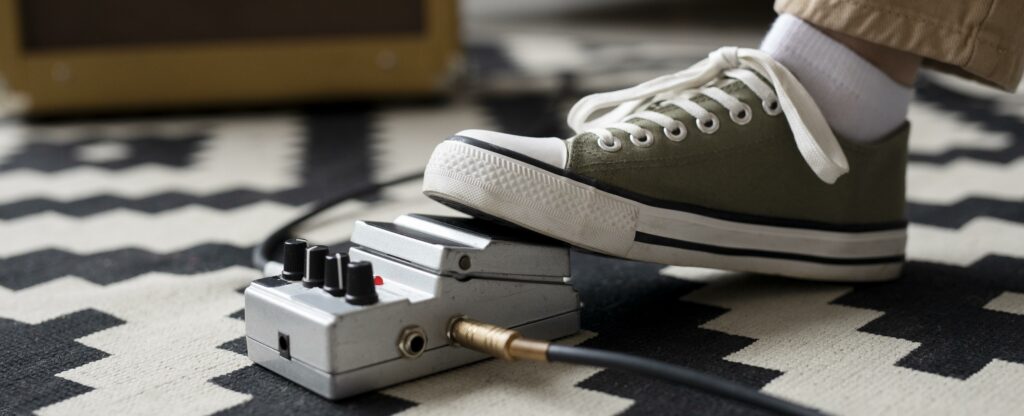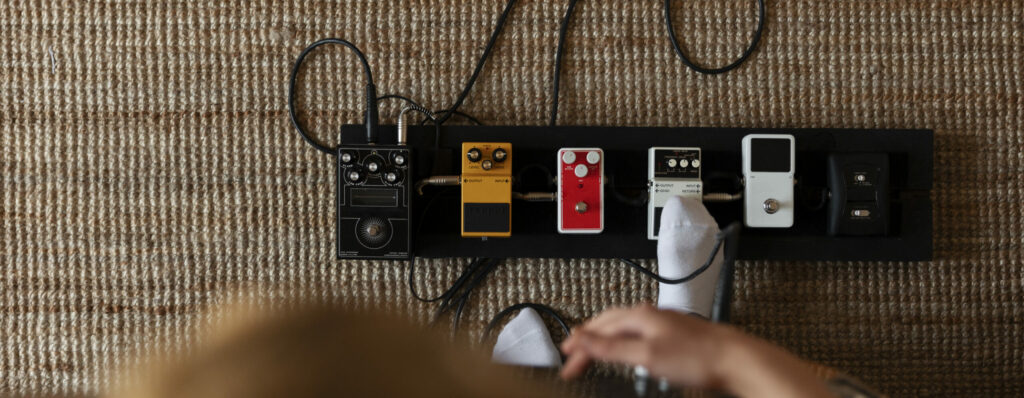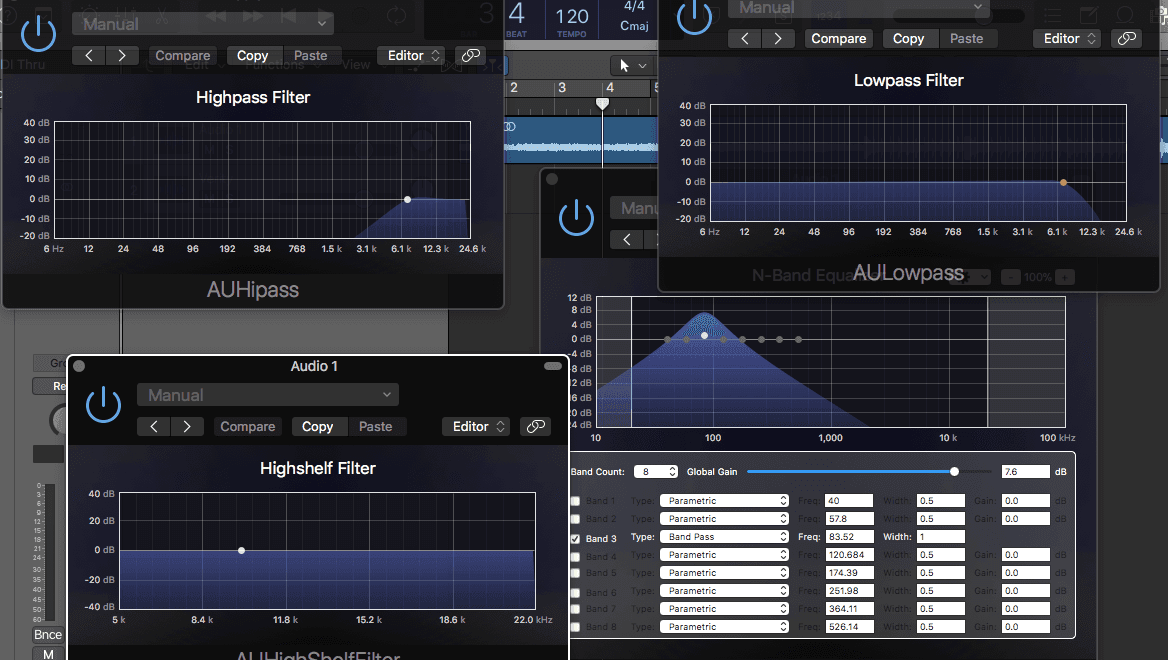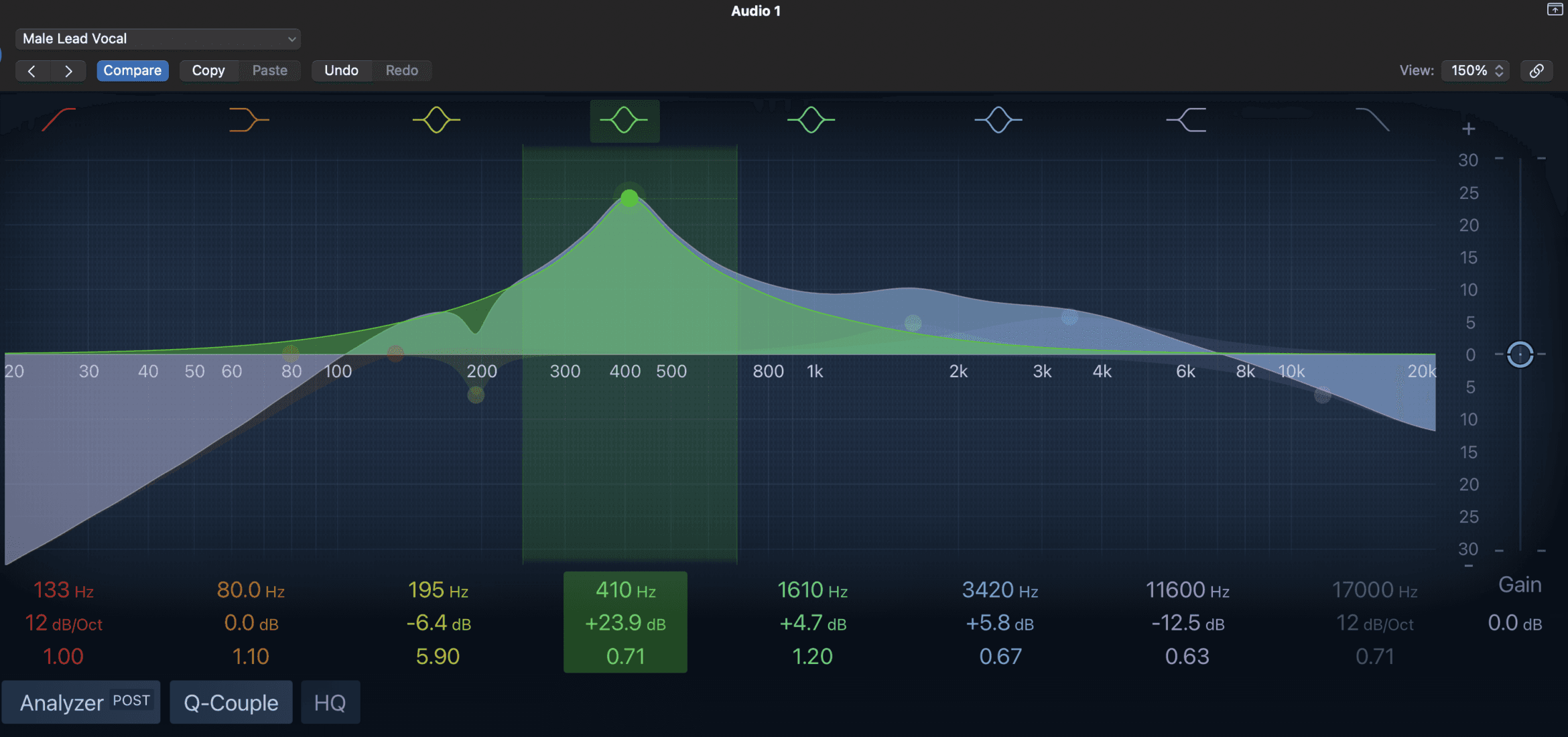When diving into the world of reverb, the options can feel overwhelming. In this article, we’ll unravel the various types of reverb and the ideal scenarios for their application. Plus, we’ll explore the distinctions between algorithmic and convolution reverb, equipping you with the knowledge to utilize each of the different reverb types to their fullest potential.
What is Reverb?
Reverb can be understood as a complex auditory phenomenon characterized by a series of echoes that blend together to form a rich, immersive sound experience. While it may seem straightforward to define reverb as simply echoes, the reality is that each echo possesses unique characteristics, influenced by factors such as the surfaces it interacts with and the environment in which it occurs. This intricate interplay of sound waves creates a layered auditory tapestry, where reflections bounce off walls, ceilings, and floors, each contributing distinct tonal qualities. Ultimately, reverb enriches our listening experience, adding depth, warmth, and a sense of space to music and sound design.

Exploring Early And Late Reflections In Types Of Reverb
Reverb creates a sense of space and serves as a powerful tool for enhancing emotional depth in music and sound design. By understanding the interplay between early and late reflections, you can sculpt the auditory landscape of your track and guide the listener’s experience. Early reflections add clarity and definition, while late reflections envelop the listener, creating a sense of immersion. This duality allows you to manipulate not just the sound but also the mood and atmosphere of your music, making it an essential skill for any audio engineer or producer.
Early Reflections
Early reflections constitute signals that are direct reflections—the immediate echoes that bounce off surfaces around us. For instance, imagine this: when you play sound from your speakers, that sound travels outward in every possible direction. Once it passes overhead, strikes the wall behind you, and rebounds back toward your ears. This returning sound is what we refer to as an early reflection. Your brain then processes the time delay between the incoming signals, allowing you to perceive this phenomenon as reverb.
Late Reflections
Late reflections are essentially every sound we hear after the primary reflection, or initial echo. These sounds emerge after a sound wave has ricocheted between two surfaces, creating a softer, more subdued response. While these reflections generally lack energy and are not as strong, they contribute significantly to our overall auditory experience. Although they may not possess the same vigor as the primary reflection, most late reflections play an important role in what the human ear and brain can perceive.

Early reflections, typically occurring within less than 20 milliseconds, are often too brief for our brains to discern. However, as we perceive late reflections, which unfold over a more extended timeframe, our awareness of the surrounding space intensifies, enriching our sense of depth and atmosphere.
How Many Types Of Reverb Exist?
In essence, we can categorize reverb into five main types: Chamber, Hall, Plate, Room, and Spring. The main decision you’ll face is determining the perfect moment to incorporate each of these different reverb types into your audio journey.
Chamber Reverb: A Key Type of Reverb
The first type of reverb we are going to discuss is Chamber Reverb. Chambers are often large spaces originally designed for orchestras. While they are normally not as large as halls, they operate with a reverberation time of roughly 0.5-2 seconds. This smaller space allows for a thick and lush reverb while not being too overpowering. When you need that big room feel but want to maintain a degree of clarity, chambers can be your friend.
Hall Reverb: Enhancing Depth with This Type of Reverb
Halls are similar to chambers; however, they tend to be larger and thicker. With reverberation times generally lasting anywhere up to 5 seconds, halls can give your sound a huge feel. Due to their large size, halls tend to exhibit a roll-off in high frequencies during the late reflections. This is because the wavelengths of lower frequency information can reach the distance required to become a late reflection. It’s certainly something to consider if you’re trying to keep things bright.
Plate Reverb: A Classic Type of Reverb
The first of our two man-made reverb types, plate reverb utilizes transducers that send and receive a signal through a sheet of metal. The vibrations generated through this process create our reverb. In order to modify and adjust the feel of the reverb, mechanical dampers are used to throttle the vibrations. Plates can offer a great sense of size while eliminating the consuming depth that real reverb provides. This makes them excellent for adding a bit of sizzle and size to key sounds like vocals or a snare drum.

Room Reverb: The Most Versatile Type of Reverb
In general, room reverb operates within the 1-second range. It constitutes the majority of natural reverb that you might hear. Anywhere from a bathroom to a sports hall is likely to have a short room reverb with a quick decay. It is one of the most commonly used reverb types because of its incredible versatility. A common use for room reverb is to make up the ambient part of a multi-reverb technique.
A short room reverb with a 400-millisecond decay allows you to situate elements within a physical space. You can drown them to make them sound further away in the mix, or leave them dry to have them close and upfront. While it may be the simplest reverb, it’s certainly not one to overlook.
Spring Reverb: A Unique Type of Reverb
Spring reverb is similar in design to the plate; however, it uses a metal spring instead of a sheet. Due to its malleable nature, spring reverb offers a unique resonance and a sonically distinct sound. Incredibly common in guitar recording (think White Stripes), the spring can usually be tightened or loosened to vary the speed of the reflections. This speed is similar to that of the speed you might set within a delay effect. Also useful for vocals, springs offer a great sound but should be used judiciously. Too much spring can definitely clutter up a mix.
Algorithmic And Convolution Types Of Reverb
In essence, you will always have these two choices. Algorithmic reverb generates a natural reverb sound through a series of calculations. While it may not sound as realistic as you hope, this can be a bonus for creating unnatural soundscapes. Convolution reverb models the actual response of a physical space.

By using measurement microphones, we capture the impulse response of a space, which you can then apply to your sounds. These typically sound more realistic, allowing you to achieve the sound of venues like Air Studios or the Sydney Opera House without having to visit them. What more could you want!?
Conclusion
Reverb is important for pretty much everyone working with sounds. You need to do what works for your project, but you should be conscious of the different sounds that can be created when using the right reverb. For instance, gated reverb is particularly useful in getting that 80s sound, while reverse reverb is a great technique for music transitions. When mixing music, the key is usually to make things sound as natural and clear as possible. This means piling a drum kit through a big spring reverb probably isn’t the way to go. Do your homework and test out the different options available to you.
Informazioni sull'autore

Tim Dunphy
Ingegnere audio e scrittore di contenuti specializzatiOltre 10 anni di esperienza nel settore audio. Tutto, dall'avvolgimento degli XLR alla masterizzazione degli album. Sono un uomo che si è fatto da solo e conservo i miei beni in Bitcoin. Cos'altro c'è da sapere?
Lascia un commento
Log in per commentare


